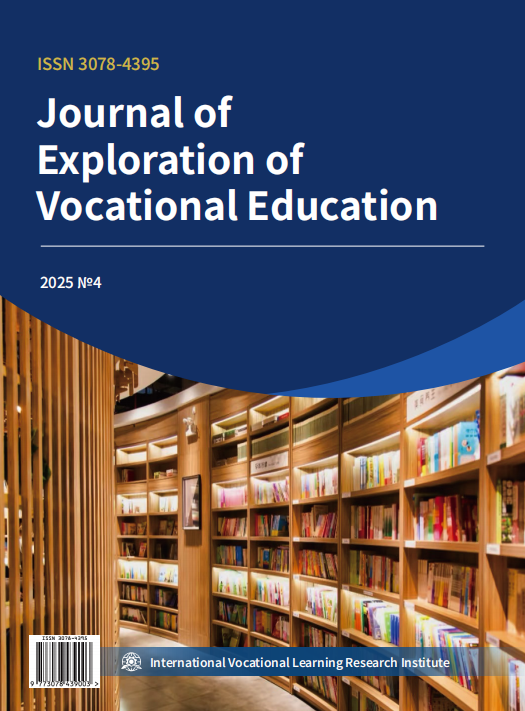Research on the Practical Path of Integrating Guangxi Ethnic Music Elements into Vocal Teaching in Universities
Published 2025-08-31
Keywords
- indigenous music; educational pathway; ethnic regions; vocal education
How to Cite
Abstract
Addressing the absence of Guangxi ethnic music elements in university vocal teaching, this study constructs a three-stage pedagogical model—“cultural cognition, skill training, and innovative practice”—to systematically map the educational transformation of ethnic musical resources. Through field collection, digital resource development, and a collaborative mechanism linking “transmission studios, universities, and communities,” twelve items of intangible cultural heritage music, including Zhuang Liao songs and Kam Grand Choir, were successfully integrated into the vocal curriculum. Empirical evidence shows that students in the experimental class achieved a 28.6 % increase in the completeness of ethnic vocal performance (p < 0.01), a 40.2 % rise in cultural-identity scores, and 23 original compositions awarded at national competitions. The research innovatively proposes a dual-track analytical method combining “dialectal phonetic notation and acoustic parameters” and develops the world’s first AI evaluation system for Zhuang folk songs, enabling precise teaching assessment. Despite limitations such as restricted sample coverage and the yet-to-be-validated long-term efficacy of digital resources, the study offers a replicable “Guangxi paradigm” for vocal education in ethnic regions and provides significant practical value for the living transmission of intangible heritage and the construction of regional cultural identity.
